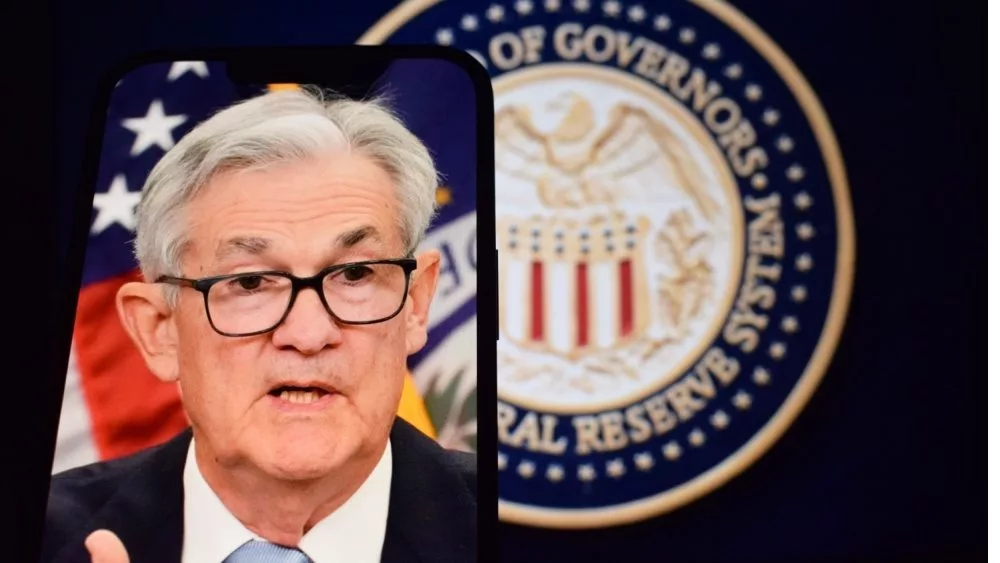The Federal Reserve announced Wednesday that it will leave interest rates unchanged, opting for caution amid ongoing economic uncertainty linked to the Trump administration’s trade policies.
The central bank confirmed that its benchmark lending rate will remain within the current range of 4.25% to 4.5%, despite President Donald Trump’s push for a rate cut to counter potential inflationary effects from his tariff measures and resulting global trade tensions. Federal Reserve Chairman Jerome Powell said at a May 7 press conference: “We are comfortable with our policy stance. We think right now the appropriate thing to do is to wait and see how things evolve. There’s so much uncertainty.”
Trump has been pressuring the Fed to lower rates, arguing it would help offset inflation triggered by his administration’s tariffs. However, central bank officials cited persistent inflation concerns and slowing economic growth as key reasons for maintaining the current rate. The Federal Open Market Committee (FOMC) said in a statement: “The unemployment rate has remained stable at historically low levels, and the labor market continues to show strength. However, inflation remains above our preferred levels, and economic uncertainty has continued to grow.”
While the Fed remains committed to its dual mandate of full employment and stable inflation, it is also carefully weighing the risks of lowering rates too soon, especially as inflationary pressures rise due to the tariff policies. Adding to the Fed’s challenges, the U.S. economy shrank in the first quarter of 2025, with gross domestic product (GDP) declining by an annualized 0.3%. Meanwhile, consumer confidence fell sharply in late April, hitting its lowest level since the early stages of the COVID-19 pandemic in May 2020.
Unless there is a significant downturn in employment, analysts say the Fed is unlikely to reduce rates in the near term. The central bank remains focused on bringing inflation back to its 2% target without triggering a broader economic downturn. Speaking in April, Powell noted that the scale of the tariff increases had exceeded expectations, warning that the economic consequences—namely higher inflation and reduced growth—would likely be more severe than initially projected. President Trump publicly criticized Powell and even suggested he should be removed from his position following those comments.
Editorial credit: miss.cabul / Shutterstock.com











